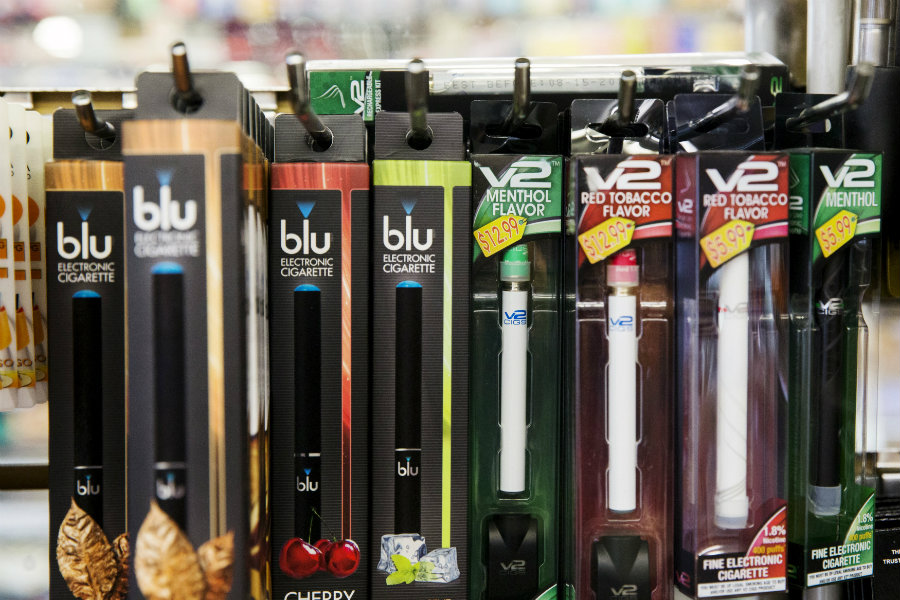A recent investigation held by the University of Michigan indicates most teenagers tend to vape non-nicotine substances and fruity flavors that don’t pose significant harms as nicotine does.
Vaporizers have appeared in the recent years as a healthier approach to smoking cigarettes, but studies have proven “vaping” is still harmful to the human body. There has also been a great concern over teenagers using the products and the side effects they could be experiencing.

The Centers for Disease Control and Prevention (CDC), recently held a study regarding teen vaping and found teenagers have increased their e-cigarette use from 1.5 percent to over 16 percent from 2011 to 2015. Over 3 million middle and high school students admitted to using vaporizers, most of them used fruit flavors instead of nicotine in their products.
Vaping juices
In the study published in the journal Tobacco Control, researchers found that teenagers use a variety of flavors on their vaporizers, including nicotine, chocolate and fruit flavors and in some cases THC which is the active ingredient in marijuana.
Since vaping has become a significant trend in the country over the recent years, there’s not an exact number of chemical or nicotine ingestion in the products. Some retailers even allow users to determine the amount of nicotine in their vaporizers; this also lets users avoid nicotine in the product.
The research, led by Richard Miech from the University of Michigan’s Institute for Social Research, was based on data from a 2015 survey that interviewed over 15,000 teenagers and students from different grades from eight to twelve.
The team led by Miech is no stranger to teen studies since they performed the federal Monitoring the Future survey, which evaluated drug use among teenagers.
According to the research 3,800 students admitted to vaping at least one time and 1,701 had used a vaporizer at least one time in the past month. 1,085 students said they vaped more than five times in their life, and 616 teens agreed to vape over a dozen times.
Even though these are concerning numbers, the vast majority of teenagers only used flavored vaping juices in their products which pose no great harm and don’t contain any nicotine in them or other substances.
“Findings suggest that the recent rise in adolescent vaporizer use does not necessarily indicate a nicotine epidemic,” said the study authors in the research.
In fact, using nicotine-based products on vaporizers was an uncommon situation among teenagers only 13 percent of eighth graders and 20 percent of ten and twelve graders had used nicotine products while vaping. Only a six percent of students had used THC or marijuana products on vaporizers.
The research aimed to obtain numbers of nicotine ingestion among teenagers, and the numbers resulted in relatively small amounts. However, researchers note that there’s still not an indication of the harmful effects of smoking chemicals in flavored juices. Demand distribution is an E-liquid wholesaler-distributors that provide a variety of E-juices options.
“These results indicate that while taking into account e-cigarette use does indeed increase tobacco/nicotine prevalence, the impact is not likely as large as might appear by a recent dramatic increase among adolescents,” said the team of researchers in a published statement.
Source: EurekAlert!

One of the ways vaping helps with stopping smoking is the flavorings make tobacco taste terrible. Vapers who don’t need nicotine can get the other ingredients at Walmart. All that’s left is to mix them together.